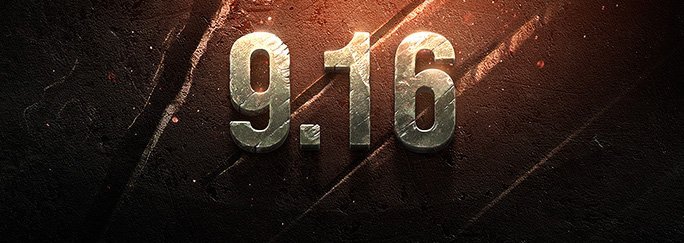Visibility System Improvements in Update 9.16
Update 9.16 includes new optimizations of the visibility system, which is an important part of the game. Spotted vehicles are displayed onscreen much more quickly, and the difference will be particularly noticeable when spotting enemy vehicles at a distance of more than 300 meters.
Here we explain how we achieved this and how it will affect the game.
Effect upon Gameplay
Vehicles that spot enemies from long distances will have a little more time to make a shot right after spotting an enemy vehicle.
Spotted vehicles will have a harder time crossing short, open areas, since they will immediately appear on the opponents' screens. They'll have to zig-zag or use other maneuvers to throw off enemies' aim, or just choose another path.
Changes in Update 9.16
Improving the spotting system required solving two problems: reworking the server calculations, and speeding up the display of spotted vehicles in the game client.
Server-Related Changes
Our server programmers rewrote the visibility system code while keeping all previous operating rules. This move to more effective code allowed reducing the server load and increasing performance of the visibility system. In other words, the system was made more effective with the same rules and less resource use.
The interval between visibility checks depends on distance: checks are more frequent at short distance, but as distance increases, so does the time between checks. The optimization lets us increase the number of visibility checks twofold at nearer distances and adding additional simplified checks for farther distances, leading to a threefold increase in the total number of visibility checks compared to the previous version. In turn, the increased frequency of the checks allows us to reduce the delay of displaying spotted vehicles.
Client-Related Changes
Client-related improvements have saved about 60-70% of the time it takes to render a vehicle model. Now, when entering a battle, the vehicle models and map objects are all loaded together. This reduces rendering time upon spotting, as well as the possibility of “freezes” when enemy vehicles are spotted.

